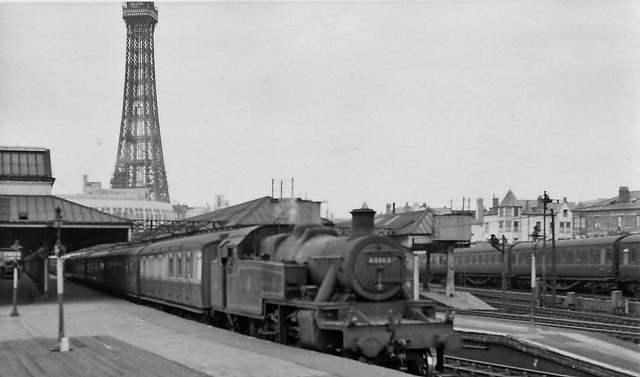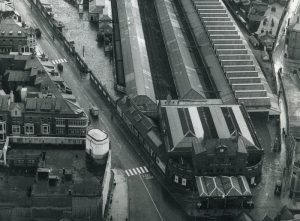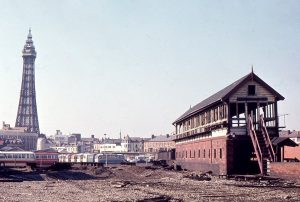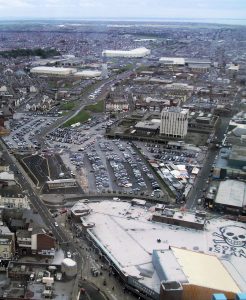Blackpool Central Railway Station: Busiest in the World

Blackpool History
Blackpool may be a booming 21st century seaside resort boasting all of the latest rides and attractions, however it has a fascinating history stretching back over centuries.
Blackpool Central Railway Station: Busiest in the World
Today, the vast majority of visitors to Blackpool arrive by road, however that certainly wasn’t always the case. Indeed it was the arrival of the railways which really boosted the town’s fortunes and opened it up as a seaside destination in its own right. Until the arrival of the railways, Blackpool was little more than an insignificant village, however with trains connecting the town to Manchester, Liverpool and further afield, the scene was set for the resort to turn into one of the premier seaside destinations in the country.
Blackpool Central Station – initially called Hounds Hill – was opened in 1863. This was initially little more than a minor town centre terminus with a single isolated line connecting to Lytham, however further lines were built and eventually the station was the largest in Lancashire with no less than 14 platforms – the same number as London Paddington.
Given that the station was situated slap-bang in the centre of Blackpool alongside all the attractions such as Blackpool Tower and Blackpool Piers, it was no surprise that it was very well patronised. Indeed in 1911 Blackpool Central Station was the busiest train station in the world, however with the advent of the motor car, its days were numbered.
Passenger numbers at Central began to decline after the Second World War and against the proposal of the 1963 Beeching report – which recommended closing Blackpool North Station – Central was closed for good on November 2nd, 1964. The Corporation had decided that the land on which Central stood was more lucrative and could be developed, however while some of the site was subsequently used as a bingo hall, the whole area still has a derelict air to this very day.



